 by: Martin Sagendorf
by: Martin Sagendorf
Most everyone knows that an equilateral prism will refract white light into its constituent colors: a spectrum ranging from red to violet. But, if one uses two prisms, there’s much more to be discovered.
All that’s required:
– a source of white light
– a slit mounted on a large piece of cardboard
– two equilateral prisms
– two small pieces of card stock
– a square of ground glass.
SIMPLE REFRACTION
The light source and slit are arranged as shown. A fairly narrow (1/4”) color spectrum will be displayed on the ground glass. Note that the light beams are DIVERGENT.
DOUBLE REFRACTION
The color spectrum from one prism is now passed through a second prism. The various color beams are further spread to result in a somewhat wider (5/16”) spectrum display on the ground glass. The light beams are even further DIVERGENT.
A SINGLE COLOR EXPERIMENT
Isaac Newton wondered if any single color of a spectrum could be further broken into more colors. To investigate this, he placed ‘STOPS’ in the light beams between the two prisms – allowing only one color to pass to the second prism. The result was that once white light was broken down into its constituent colors, the colors could not be further broken down. Here only one STOP is used – leaving only red, with a small fringe of blue.
RECOMBINING SPECTRUM COLORS
Isaac Newton also wondered if the colors of the spectrum could be recombined to again make white light. To do this he used a second prism arranged as shown. He proved that this was possible. What’s interesting is that the light beams exiting the second prism are not on the same line, but they are PARALLEL. And, because the slit is not infinitely narrow, these beams are not infinitely narrow and therefore can mix to create white light.
THE COMPONENTS OF THE PRISMS DEMOS
- A 100 Watt halogen bulb provides a good light source. It must be shielded because the room light should be a low-level to see the spectrums on the ground glass. As shown, a box top is used – a fully enclosed bulb would be better, but there must be provision for removing the heat generated (about 90 Watts for a 100 Watt bulb). Experiment to find a slit width that works well for your set-up.
- Two razor blades (single or double-edged) spaced with their edges about 1/32” apart make a good slit. Tape the blades over a one inch by ¼ inch cutout in a piece of cardboard. And be sure to use black tape to cover any openings in the blades.
- Two equilateral prisms.
- Two 3” x 3” square pieces of thin cardboard to act as STOPS.
- A 2” x 2” or 3” x 3” piece of ground glass or frosted vellum paper. Ground glass is easily made using automobile engine valve lapping compound – place some compound between two pieces of ordinary window glass and rub them together. Only one side should be frosted. The sharp edges and corners of the glass pieces can be ‘broken’ with fine sandpaper wrapped around a small piece of wood.
NOTES:
A standard tungsten filament light bulb will not work as well as a halogen bulb – the halogen provides a much better spectrum. Rotate the bulb to obtain the highest illumination of the slit.
The STOPS can be hand-held or taped to small blocks of wood. In either case, the vertical edges that block the light must be parallel to the color lines so only one color is passed.
The ground glass can be taped to a small piece of wood – in this case, the vertical dimension should be increased to 3”.
It is important that the heights (the centerlines) of the bulb filament and the slit be the same. And since the bulb’s filament will be four or five inches above the bench top, some large books or other flat objects can be stacked so the vertical center of the optical components match the center height of the slit.
The distances shown in the illustrations work well. The distances to the ground glass can be increased for larger images, but with subsequent decreases of image intensity. Obviously, a darker room will allow easier viewing of fainter spectrums. As shown in this photo:
The spectrums shown are slightly curved because the prisms’ faces are very slightly curved.
IN SUMMARY
These are great demos in that they not only illustrate some fundamental properties of light, but that they also provide for many variations of the set-up. The distances and angles shown provide a starting point for experimentation. For example, increasing the distances will enlarge the spectrum display – but, which works best to do this?
IN THE CLASSROOM
These experiments can be done as a demo for the class as a whole, but even better, since the components are so inexpensive, several set-ups can be provided for lab groups of three or four students. Equally fun for the instructor is the creation of the lab worksheet guiding the students through the investigations.
Marty Sagendorf is a retired physicist and teacher; he is a firm believer in the value of hands-on experiences when learning physics. He authored the book Physics Demonstration Apparatus. This amazing book is available from Educational Innovations – it includes ideas and construction details for the creation and use of a wide spectrum of awe-inspiring physics demonstrations and laboratory equipment. Included are 49 detailed sections describing hands-on apparatus illustrating mechanical, electrical, acoustical, thermal, optical, gravitational, and magnetic topics. This book also includes sections on tips and hints, materials sources, and reproducible labels.
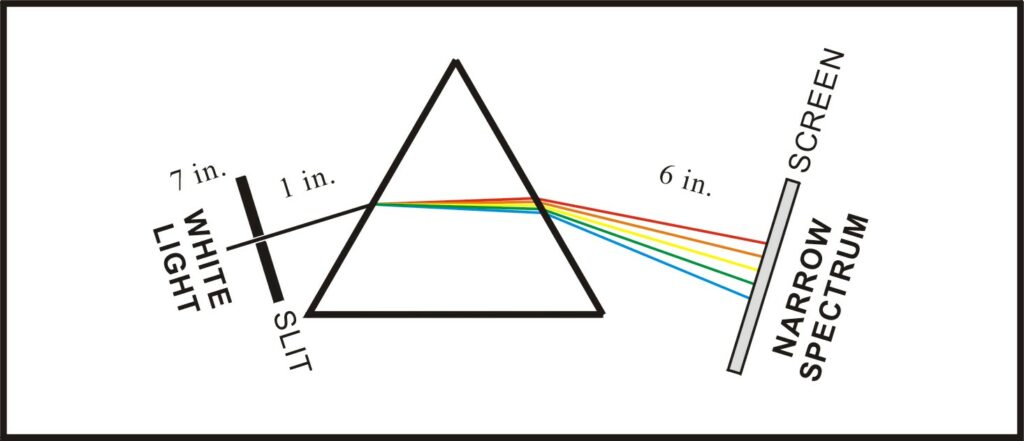
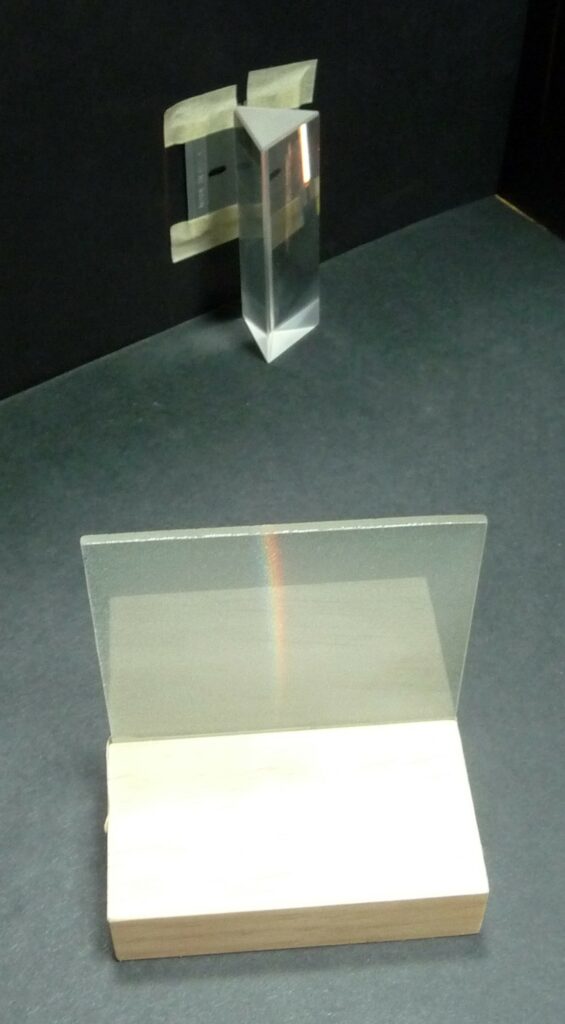
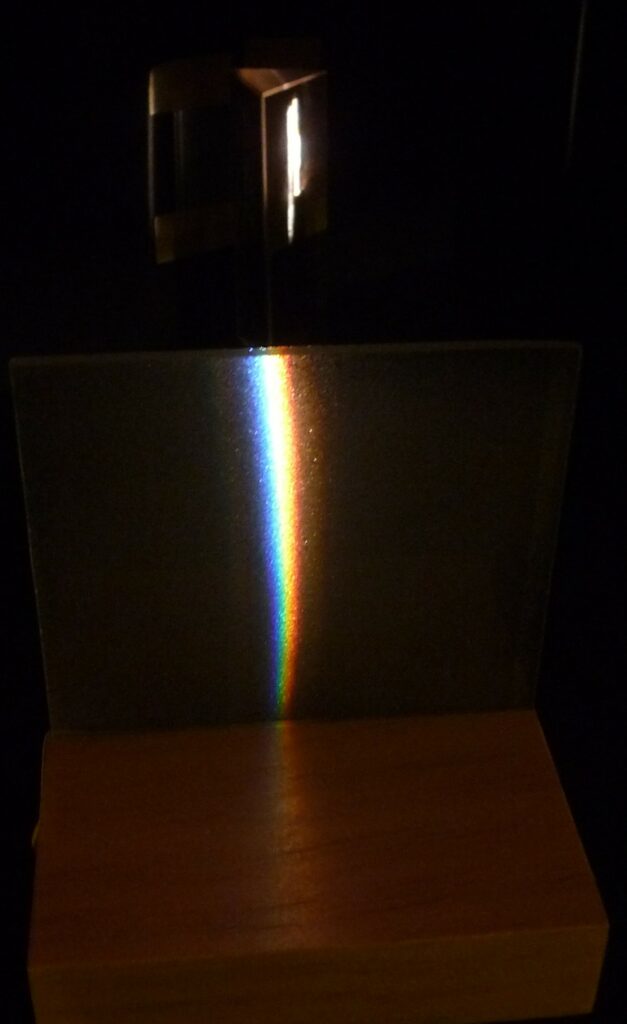
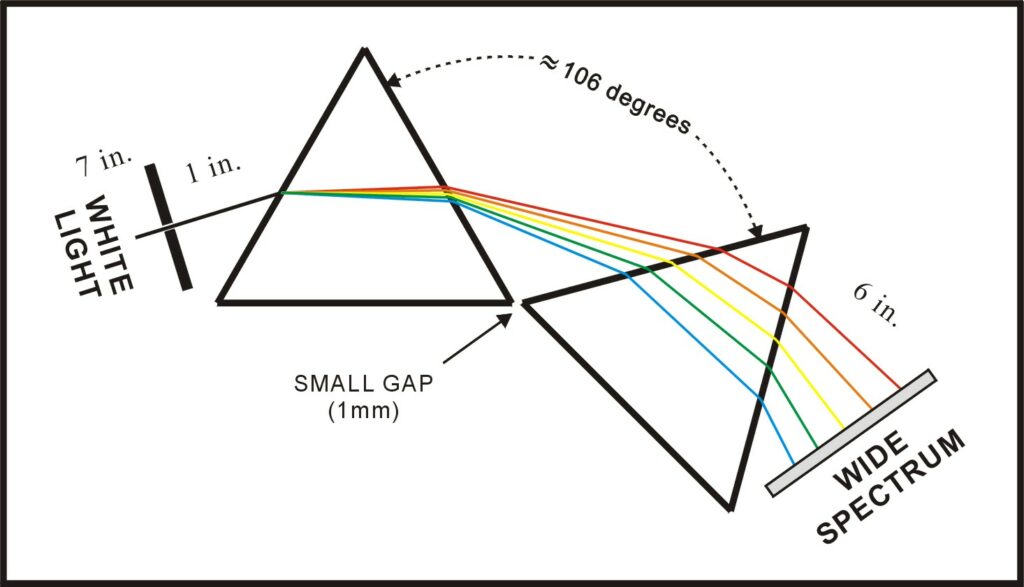
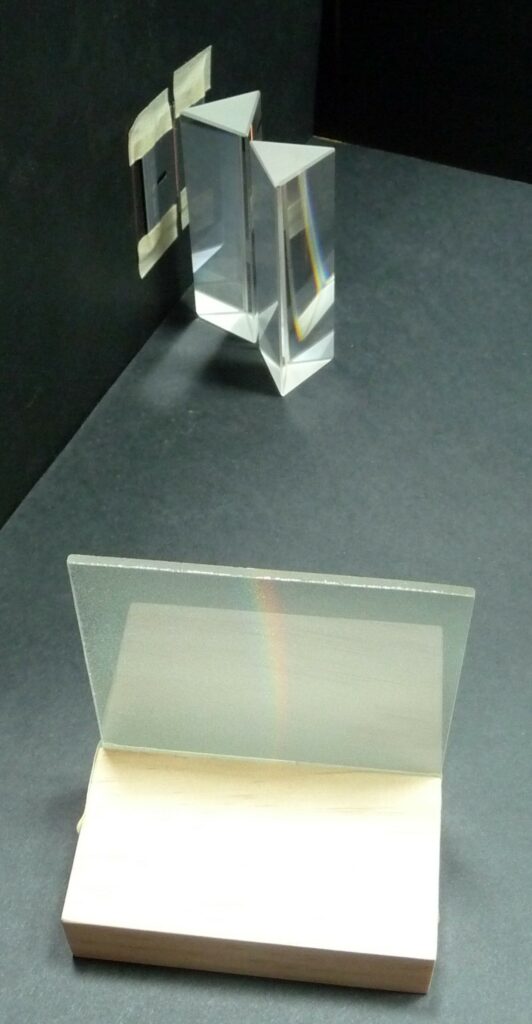
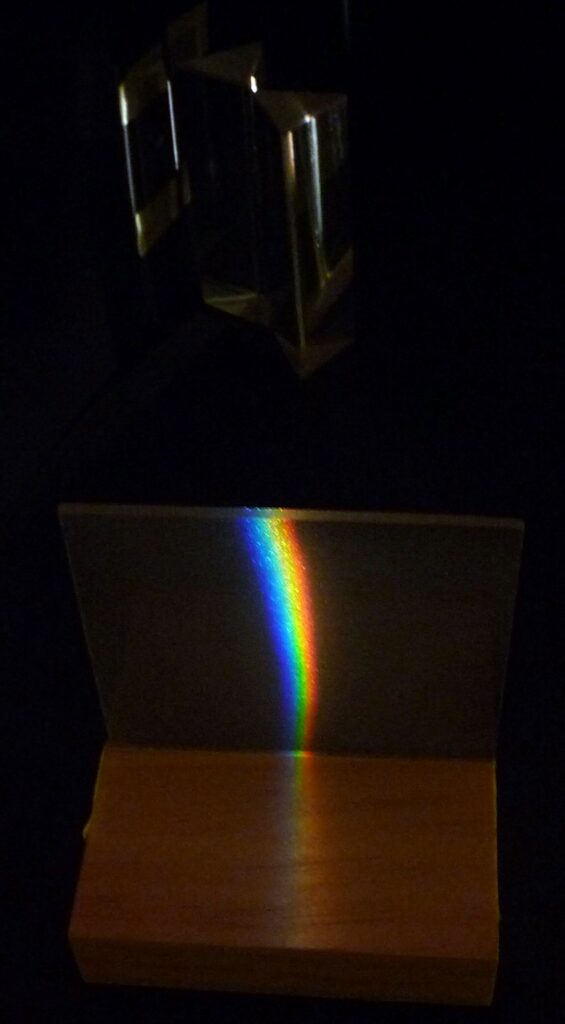
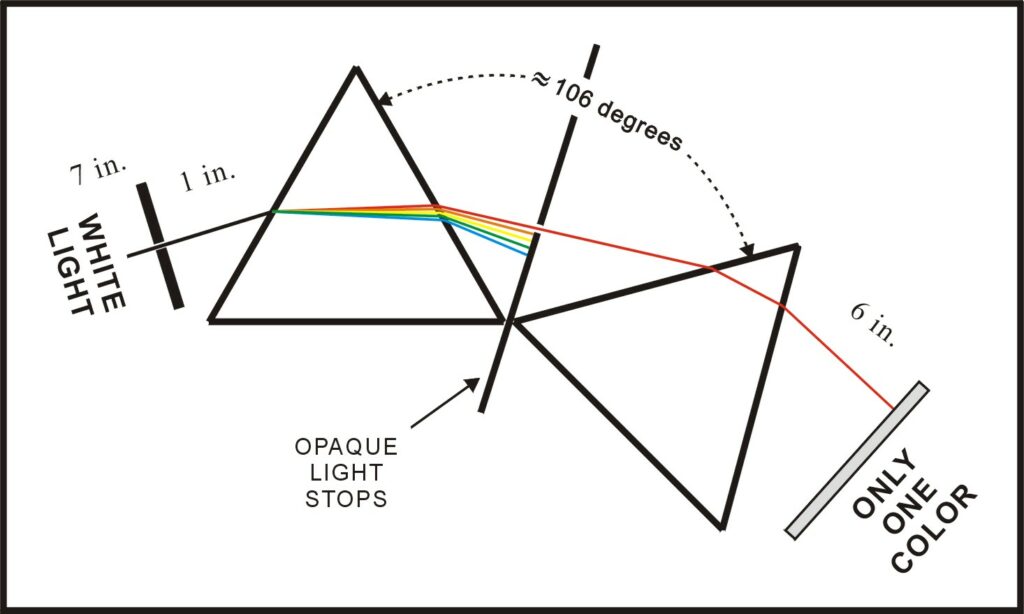
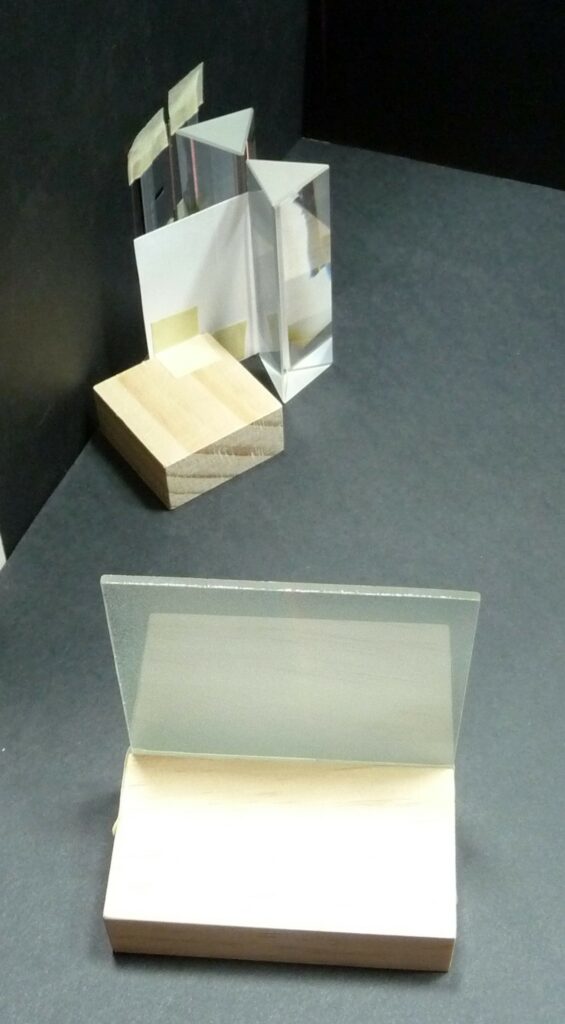
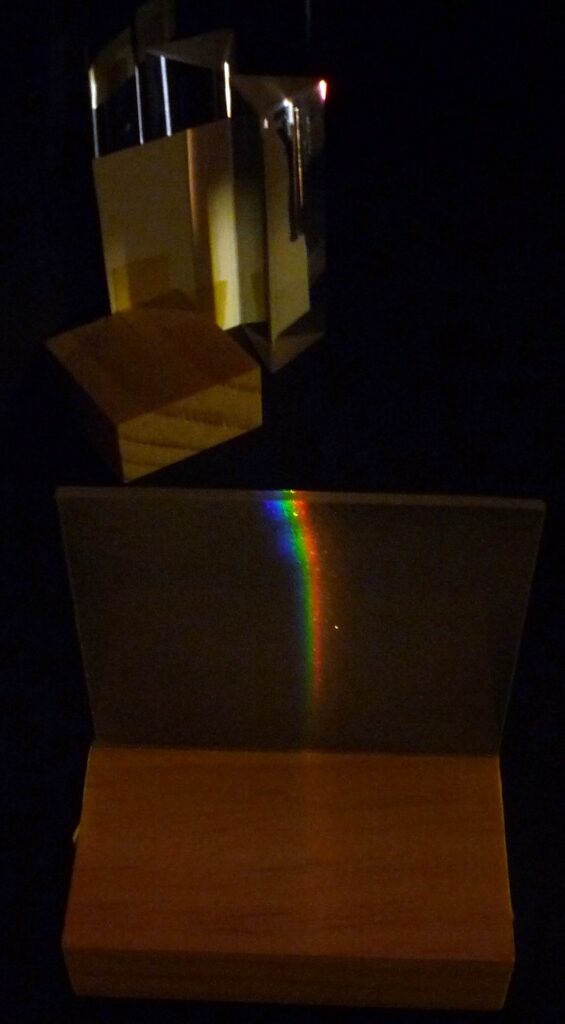
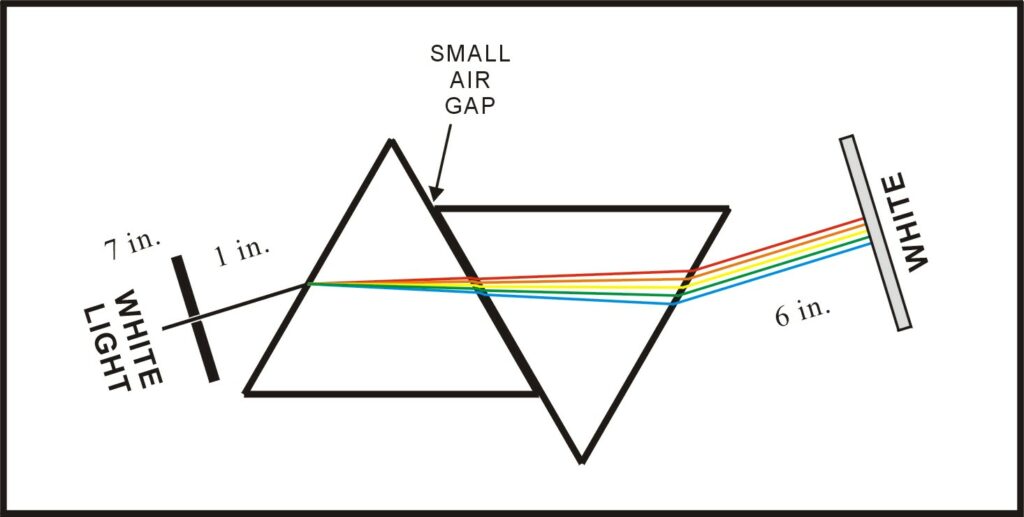
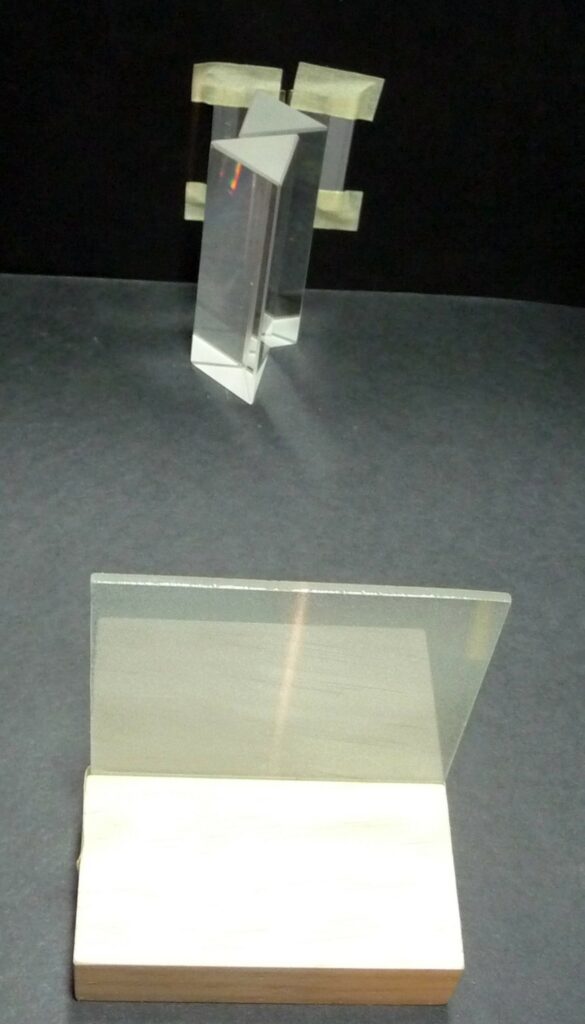
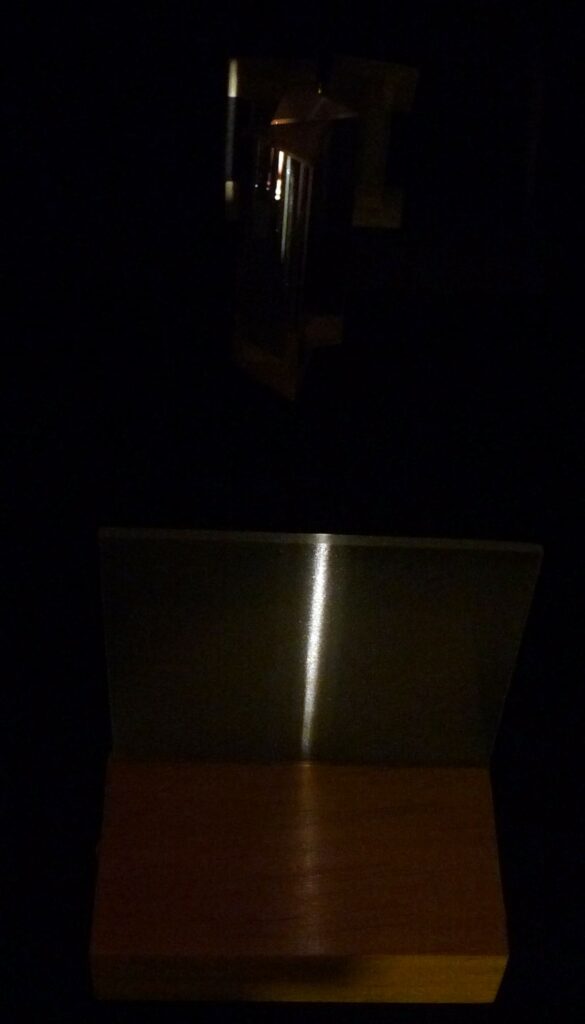
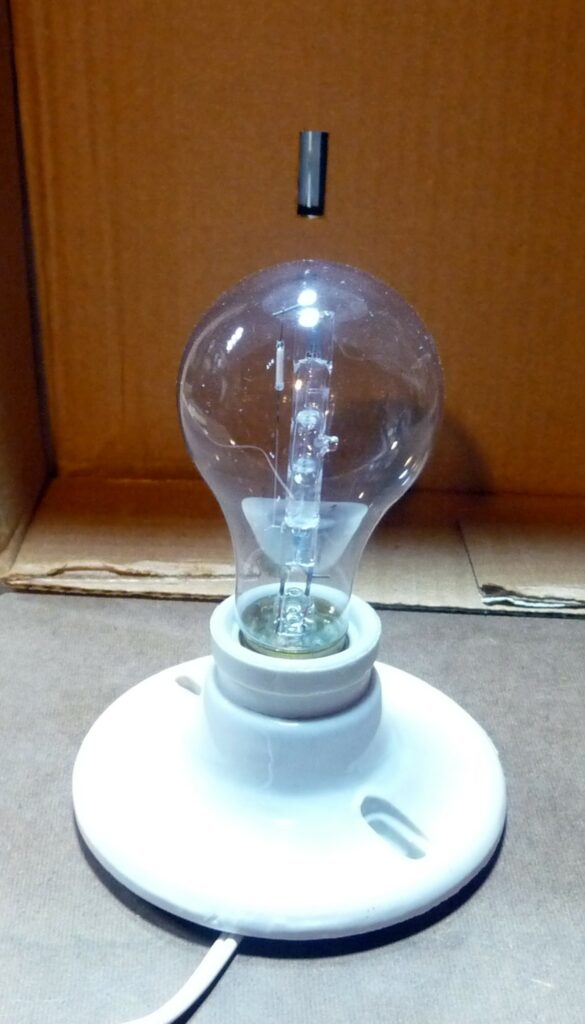
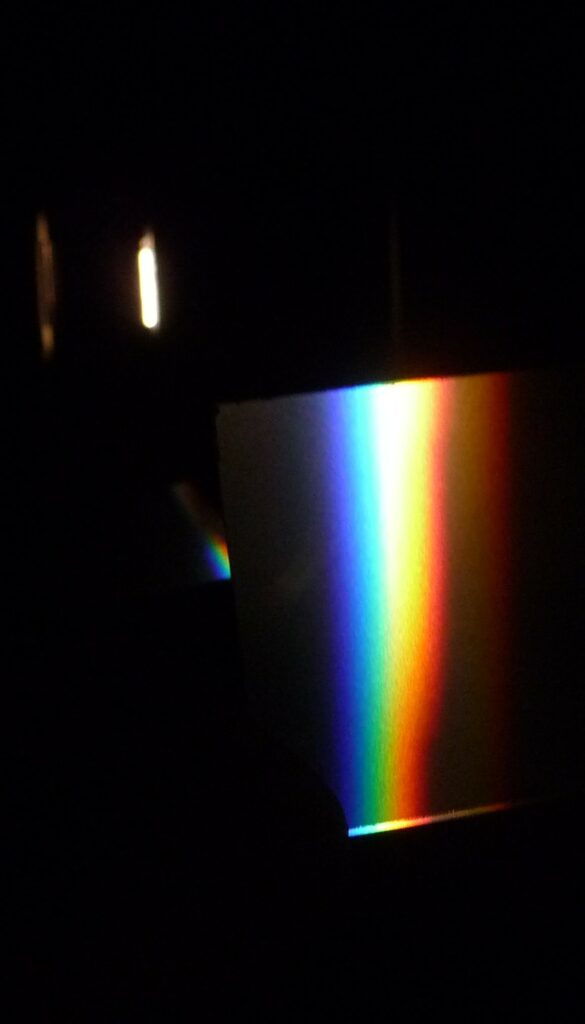
The displays are of a very high order! Thank you for such lucid explanation of the phenomenon of diffraction.I shall use them to explain to my students.Thank you.
Thank you for the material here.
I am part of a local amateur astronomy organization in cedar Rapids, Iowa our facility has a large classroom area. This year we have added a new exhibit ‘Lessons In Light’ using some grant funding from another local organization. We purchased the large acrylic prisms from this web site along with a roll of single axis grating film. A key area of our new exhibit is the experiments described on this page. We held our first public event this past Saturday evening, once our guest speaker wrapped up I stood by our exhibit and explained what people were looking at and encouraging the kids to try and move the prisms to explore on their own. We used an old 35mm slide projector with a slide mounted slit for our source. It worked really well and produced large easy to see spectrum. The opening night for our exhibit was a big hit.
Thanks Again
Carl Bracken
Cedar Amateur Astronomers
Glad to hear your event was a success! Thanks so much for sharing!
Tami
Educational Innovations
It’s nice
Yeah loved it…
Hello I would appreciate your advice on a design.
I built a colorful led lit computer in a open case with clear top (ThermalTake P3) thats about 18 inches square I bought 2 7.8″ long prisms on ebay to begin to experiment with before buying 16 total to try to form to rows backlit by perhaps a long tubular or row of tiny halogen 12vdc bulbs behind a slit.
My goal iis project for best appearance rainbows of color either inward from the 4 sides using up 16 total, with 4 prisms each side slit and lighting.
Any thoughts you have appreciated on my best design!
Hello,great demos indeed!!
I’m thinking what will be happened to the light if those two glass prisms are not identical?
I thought that when the spectrum went through the second prism the result was white light. Is there any way that the spectrum can return to white light?
Amazing demos! Just loved the various experiments 😉 Thanks a ton